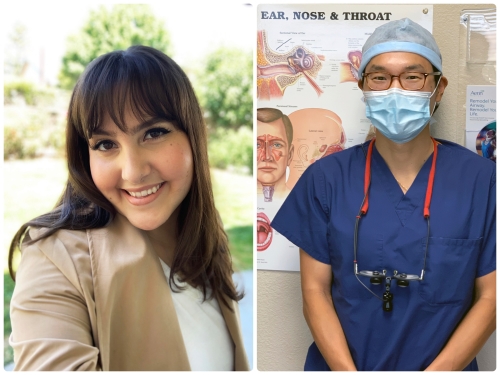
Deviated Septum
A deviated septum is when the thin tissue in between your nose separating your two nostrils is not positioned optimally in the center of your nose. Some people are born with deviated septum while other people develop one after sustaining an injury or trauma to the nose.
The most common symptoms of a deviated septum is the congestion of the nasal passages where one side of the nose is more congested than the other, causing a discomfort to the nose and a difficulty in breathing. Recurrent or reoccurring sinus infections can also be the cause of a deviated septum. There are a few other symptoms associated with a deviated septum such as having constant nose bleeds, facial pain, headache caused from congestion of the nose, postnasal drop, loud breathing and snoring during sleep.
A deviated septum may at times also cause sleep apnea. This is a serious condition where a person ceases to breathe when sleeping.
Most of the times, these symptoms can be temporarily relieved through medication. However medicine alone does not always offer adequate relief. As such, a surgical procedure called the septoplasty surgery may be needed to correct the deviated septum and hence improve breathing.
Sometimes, this surgery could be accompanied with a rhinoplasty, which is a surgery to improve the look of the nose. When these two surgeries are performed together, it is called a septorhinoplasty. Septoplasty surgery may also be combined with a sinus surgery.
A deviated septum surgery is usually carried out in an outpatient clinic under a local or general anesthesia and usually takes less than two hours for the surgery to be completed.
When having such a surgery, it is important to note that there might be risk involved. However, generally septoplasty are considered safe procedures and it is very rare to have complications arising in the actual operation.
If you are presently suffering from some of the symptoms as described above, it is likely that you may have a deviated symptom and it would be recommended that you make an appointment with your doctor to further discuss the root of the problem.
-
ENT/Otolaryngology ENT, Otolaryngology 2557 Mowry Ave.
Suite 30
Fremont, CA 94538
(510) 248-1590 More Information




